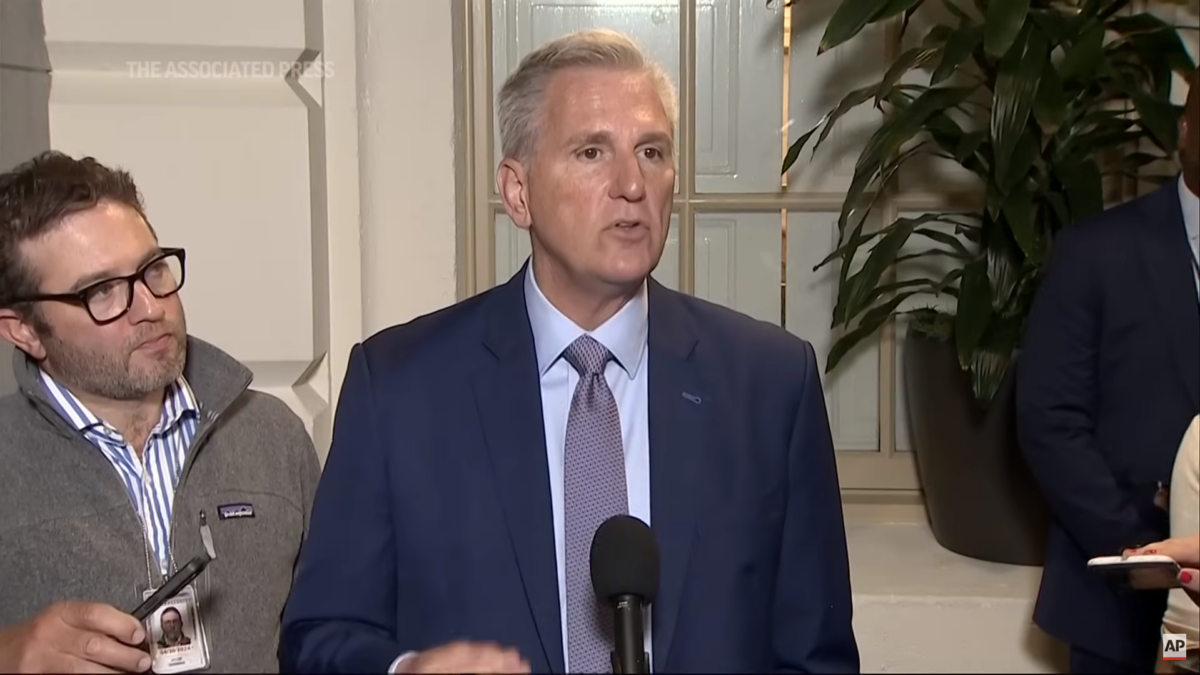
In 2011, Arizona became the first state to adopt the most flexible school reform yet, an education savings account (ESA) plan. It provides parents who believe their child is poorly served in the local public school with an annual budget they can spend on a wide variety of accredited alternatives—not just private or parochial schools, but tutoring, online academies, special-needs services, and even computer equipment for home schooling.
More recently, five other states have followed Arizona’s lead: Florida, Mississippi, Nevada, Tennessee, and just this year North Carolina. Initially these programs were designed to better serve learning-disabled children, but with the realization that most of its students could be educated independently for a fraction of public-school per pupil spending, Nevada authorized a plan open to any of that state’s children in 2015.
To date, Democrats in the Nevada legislature have held up funding for about 10,000 applicants, but nearly all of Arizona’s K-12 children are now eligible for an ESA worth 90 percent of their district’s per pupil spending.
With this history in mind, Marty Lueken, director of fiscal policy and analysis at the EdChoice Foundation, and I decided to calculate how much ESAs could help a financially troubled blue state, where the longstanding alliance of teacher unions and liberal politicians has created per pupil costs that are three, four, and even five times what is needed to independently educate. Our goal was to see how much the taxpayers of Illinois, New Jersey, Kentucky, California, or Connecticut might benefit if just a small percentage of public school families were funded to take charge of their own children’s schooling.
Connecticut as Test Case
We decided to focus on Connecticut in part because of the Nutmeg State’s especially grim fiscal situation. Earlier this year, all three of Wall Street’s big credit rating agencies downgraded its debt, with Fitch and Moody’s ranking the state’s economic soundness as the third-worst in the country.
Connecticut also interested us because of a September 2016 Superior Court decision that unexpectedly ruled against a coalition of teacher union-friendly plaintiffs who had been demanding more money for the state’s worst-performing school districts. The real problem, said Judge Thomas Moukawsher in the case of CCJEF v. Rell, was not the size of the state’s $3 billion education budget, but the wasteful and ineffective way in which local districts administered their funding.
We began our study, co-sponsored by the Yankee Institute for Public Policy and a Redding, Connecticut, taxpayer group, by gathering the most recent data on the per pupil cost and student census for every Connecticut school district. We then calculated how much each district, as well as the state, would save with 2 to 10 percent of its pupils electing to receive an ESA of $5,000 or $10,000 dollars.
The results proved even more striking than Marty and I had anticipated. If 10 percent of Connecticut students were independently educated with a school-year allowance of $5,000, the net savings to taxpayers would be just more than $385 million annually. This is almost exactly the amount of new revenue Gov. Dannel Malloy has said must be raised to bail out the state’s teacher pension plan, the fourth worst-funded in the country.
In other words, an ESA plan could solve Connecticut’s biggest fiscal headache with no new taxes. Even a very generous ESA of $10,000 would still save the state $130 million per year, all while providing underserved students the opportunity to have their educational needs met elsewhere.
Maybe a Funded Pension Is Worth School Choice
Of course, a 10 percent reduction in Connecticut’s school-age population would also mean a long-term 10 percent reduction in the number of public school educators, a development their union’s leadership would not likely cheer. But it is not at all clear that senior and retired teachers would really be that upset.
With funding for their post-employment benefits in increasing jeopardy, many public educators might well decide that a secure pension is worth the price of a little school choice. With so many baby boomer retirements expected in the coming years, staffing reductions could likely be handled without having to terminate anyone.
How much would ESA plans benefit other financially troubled blue states? Marty and I would naturally be reluctant to make precise predictions without a careful analysis. But with the latest U.S. Census Bureau analysis putting the average per pupil cost in Vermont at $18,039, in New Jersey at $18,235, in the District of Columbia at $19,396, and in New York at $21,206, one suspects that fiscally prudent policymakers in those jurisdictions ought to at least begin running their own numbers.









